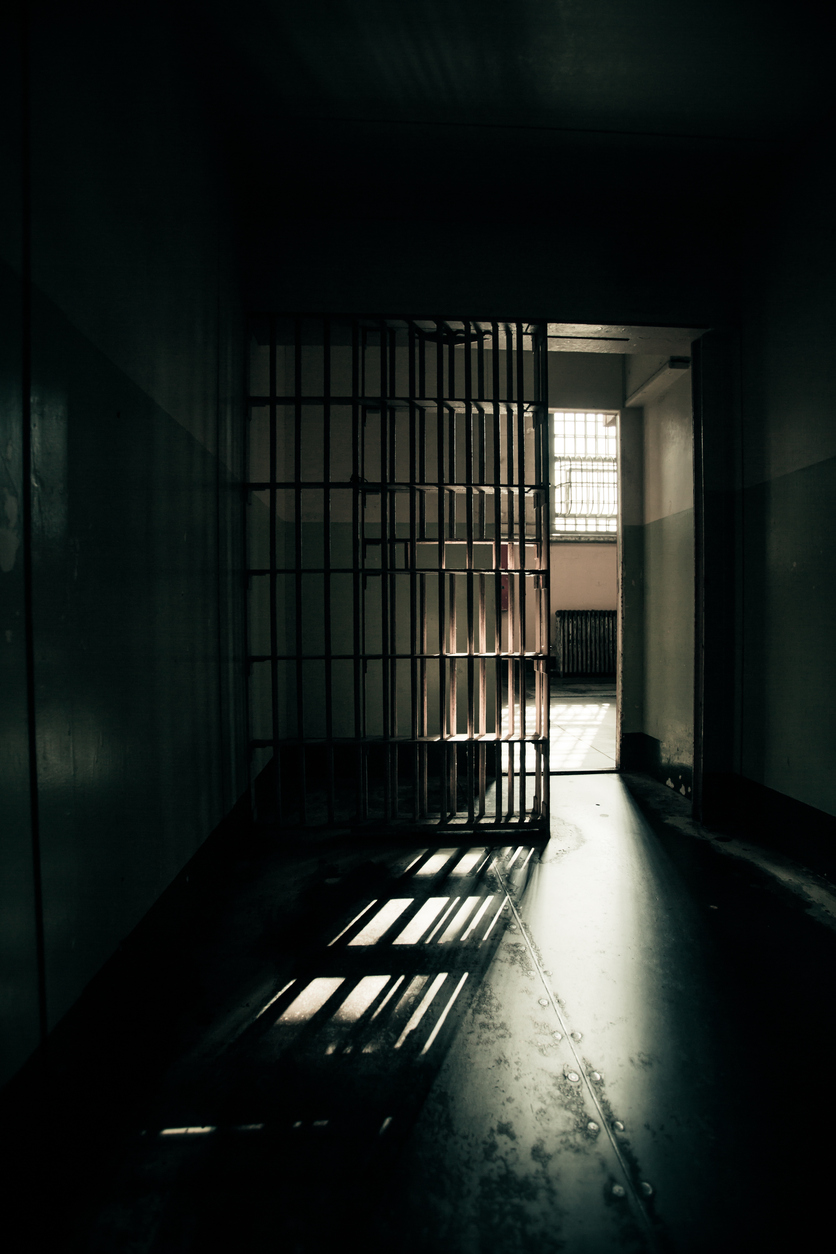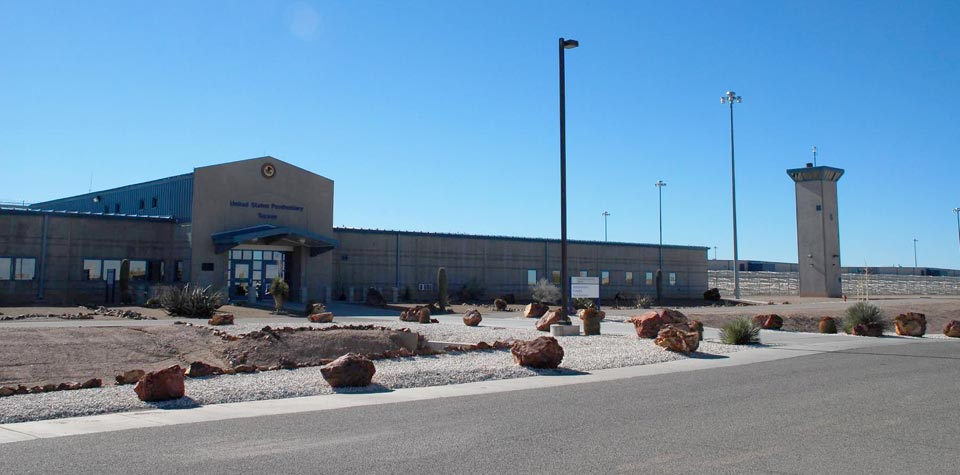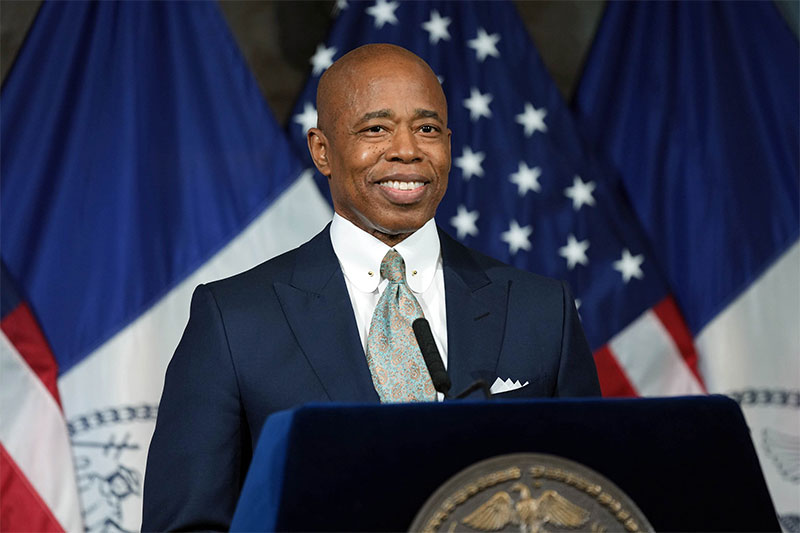
13 Apr Does The SHU Fit? A Note About Solitary Confinement
Aside from the death penalty, there is likely no more contentious issue in the area of prison reform than the abolition or remaking of solitary confinement. The term itself feels so odious that most jurisdictions have replaced it. They use terms such “punitive segregation,” “administrative segregation,” “isolation,” “secure housing” or “special housing” instead. Today, the debate about solitary confinement, its use and its detriments lies at the heart of any discussion about incarceration itself.
I am happy to say that I never experienced solitary myself. One of my brothers, trying to better my condition, called an old friend with connections in the correctional system. She suggested that I try to get into the secure housing unit (more often known as the “SHU”). There, she said, I would have an individual cell with food delivered and plenty of supervision. I knew that SHU was a place with filthy showers and nasty correctional officers. It was where the meals sometimes didn’t get delivered. And, in the SHU, you would only see daylight for one hour.
Oh no, the “secure housing unit” was no place I wanted to go. I never heard of anyone asking to go there. If I requested it, they might decide I needed evaluation in “SPU,” the secure psychiatric unit, which was even worse.
Getting Sent to the “Hole”
Whatever sanitized euphemism correctional administrators come up with, solitary confinement is a form of incarceration characterized by an incarcerated person living in a single cell and subjected to enhanced security, monitoring and restraint. In the old prison movies (and today’s prisons), people call it the “hole.” (Recall Steve McQueen in Papillon. There are units in the U.S. and elsewhere that still catch more than a passing likeness to Devil’s Island.)
The isolated person has little or no meaningful contact with their peers or any other people. The only exception is a few correctional officers. An isolated person’s access to areas beyond their cell and most prison programming faces heavy restrictions. Its modern application in the United States is for the discipline of disruptive individuals and control of those who are security risks to themselves, prison staff or other prisoners. It is also used to protect those prisoners whose safety is threatened by other prisoners, although this “protective custody” may incur less restriction. During the pandemic, officials have used protective custody to quarantine prisoners to prevent possible spread of COVID-19.
Modern solitary has its origins with America’s penitentiary movement of the late 17th and early 18th centuries. This new model separated “offenders” at least part of the time into clean (prison cleanliness was an important innovation) silent cells with a Bible. Offenders were to learn, through penitence, the error of their ways and find their path toward righteousness. It may seem draconian to anyone reading this today. But one must remember that prior to this, the standard was to chain “offenders,” be they men, woman or children, together in filthy dungeons or even sewers. The other incarceration innovation of the time was prison ships (“hulks”) or (for the British) “transportation” to Australia.
The Impact of Solitary Confinement on Mental Health
Soon after solitary confinement came into wide use, opposition arose to its deleterious effects on prisoner mental health. The author Charles Dickens, on his tour of America in 1842, visited Eastern State Penitentiary. This was Pennsylvania’s model institution and a pioneer in solitary confinement. Dickens described solitary as the “slow and daily tampering with the brain.” He proclaimed it “to be immeasurably worse than any torture of the body.”
The first Supreme Court comment on solitary’s effect on prisoners came in an 1890 case called In re Medley. The court stated that the use of solitary confinement caused reduced mental and physical capabilities in incarcerated persons. This opinion, now over 130 years old, found that, even after a short period of time, isolated persons fell into a “semi-fatuous condition,” i.e., dazed and lethargic, while many became violently insane or committed suicide. Nonetheless, the court did not find that solitary confinement was “cruel and unusual punishment” under the Constitution’s Eighth Amendment.
Since In re Medley, plaintiffs have continued to argue that solitary is cruel and unusual. The court has applied a two-pronged test for such Eighth Amendment challenges:
- the action or condition must be objectively serious, and
- correctional officials must be deliberately indifferent to the harm caused by the action or condition.
Thus far a federal court has found solitary to be “cruel and unusual” in only one case, Madrid v. Gomez, a class-action case by prisoners at California’s Pelican Bay State Prison against the practices used against mentally ill prisoners in its Secure Housing Unit.

In Solitary Confinement for 27 Years
Defendants continue to challenge solitary confinement under an Eighth Amendment theory. Now pending before the Supreme Court is the case of 53-year-old Dennis Hope from Texas, a serial armed robber who broke out of prison twice during the 1990s. Upon his second recapture, officials sent him to solitary confinement.
He has spent over half his life in the hole. His cell is smaller than a compact car parking space. He endures frequent strip searches. (Why and for what I can only speculate.) He made his last personal telephone call after his mother’s death nine years ago. He has no meaningful interactions with other people, not even correctional officers.
A large part of the argument in his case will, of course, be the time of his confinement. The United Nations adopted a resolution in 2015 that any solitary confinement for longer than 15 consecutive days constitutes torture (called the “Nelson Mandela rules”). Courts in several European countries have denied extradition of prisoners to the United States because they may face prolonged solitary sentences.
The website Solitary Watch believes that Texas’s notoriously long periods of solitary for escapees don’t seek to punish; rather, they argue, they serve as retribution for their “embarrassing” state officials. Steven Jay Russell, another Texas multiple-escapee, whose original offense was non-violent, is serving an incredible 144 years combined sentence in the SHU. Although now in his mid-sixties, confined to a wheelchair and no longer an escape risk, there he remains. These absurd conditions have led Texas’ largest correctional officers’ union to call for changes and reductions in the use of solitary confinement.
Constitutional Challenges on Due-Process Grounds
Many defendants have challenged solitary confinement as violating the due process clause of the Constitution’s Fourteenth Amendment. These challenges allege that officials send prisoners into the “hole” without a hearing before an impartial decision-maker. The courts, however, have not been convinced. They routinely rule that prisoners do not have a “liberty interest” in a stricter level of confinement for which due process would be required.
The Supreme Court did find that when a state determines the assignment of someone to a stricter level of institution for their sentences, they have the right to a “statement of reasons” in a case called Wilkinson v. Austin. One of the key elements here being the length of time that someone would be in the “hole.”
Protective Custody vs Solitary Confinement
In the much-covered Jussie Smollett case, the actor’s attorneys opposed his incarceration in protective custody, likening protective custody to solitary confinement. Since officials released him after six days, it is hard to evaluate it.
The distinction between protective custody and solitary confinement depends on differing policies of varying correctional authorities. Prisons provide protective custody to separate endangered prisoners, such as sex offenders, gang members, convicted former police and public officials and witnesses, from possible harm.
Prisoners often request PC, not SHU. Since PC is not punitive, persons incarcerated in PC tend to have more privileges and contacts than those in SHU. However, prison resources and the rigors of protection lead to limits on privileges and greater isolation for these individuals.
Secure COVID-19 Units
The COVID-19 pandemic found prison systems totally unprepared. Unfortunately, that mess continues even now. In any event, administrators felt it necessary to “quarantine” all new arrivals to protect their populations from exposure.
This isolation policy meant the new people had strictly limited contact with personnel and none with other prisoners. Persons beginning their sentences, regardless of classification, even those who’d never been through the gates of a prison before, effectively walked into super-max level confinement for at least 14 days.
Only A Matter of Time
The Supreme Court acknowledges that its interpretation of the Eighth Amendment must not be “static” and could change. Internationally, mental health, correctional, legal and human rights experts have advanced a consensus that solitary confinement should be extremely limited.
It is hard to deny the ill effects of the practice given the mounting evidence that solitary prisoners are far more prone to physical self-harm, such as self-mutilation, than the general population. A study of prison self-harm injuries published in the American Journal of Public Health found that persons in solitary confinement were 3.2 times more likely to commit acts of self-harm as those never confined in such a unit. For instance, a person in solitary confinement in Texas plucked out and ate his own eyeball while isolated.
The U.N. standard I mentioned above appears to be emerging as the standard in western countries as the evidence of its deleterious effects mount. (Anyone who wishes to do further research on self-mutilation in solitary, please do not do so without a distress bag handy.)

So, What Are We To Do About Solitary Confinement?
Proponents of solitary point to the lack of disciplinary measures that can substitute for the process. Last year, the New York State legislature passed the HALT Act, which adopted the Nelson Mandela rules and other reforms to lessen the use of solitary.
Last November, after the city elections, several incoming city councillors called on then Mayor-elect Eric Adams, a former police captain, to abolish “punitive segregation,” the city’s term for solitary confinement. Adams responded that he would not “be in a city where dangerous people assault innocent people, go to jail and assault more people.” The city’s correctional officers’ union chimed in that segregating violent prisoners was necessary given the ongoing melee at Riker’s Island in which their members often physical and even sexual assault. New York City corrections contends their punitive segregation differs from solitary confinement.
The most often suggested alternative is chemical solitary. Prison medical staff would give disorderly persons pharmacological treatment, i.e., drugs.
Making the confinement “less solitary” could be effective. Isolated persons could have visitation opportunities and reintroduction to privileges such as library, telephone use and chow time. This would increase socialization without mingling these prisoners with other classes of the population.
Dennis Hope would surely benefit from calling a relative more often than once every 27 years. Mental health professionals also suggest frequent reevaluation of the mental state of disorderly prisoners in order to improve their treatment.
Will We Fill In The “Hole”?
If even the Texas correctional officers’ unit says solitary needs change, it’s certain that change is coming. The appalling evidence of solitary confinement’s mental and physical harm to its subjects is undeniable. As long as society incarcerates people, those in charge will insist on some form of isolation as necessary for discipline. What form that will take is yet to be determined.

